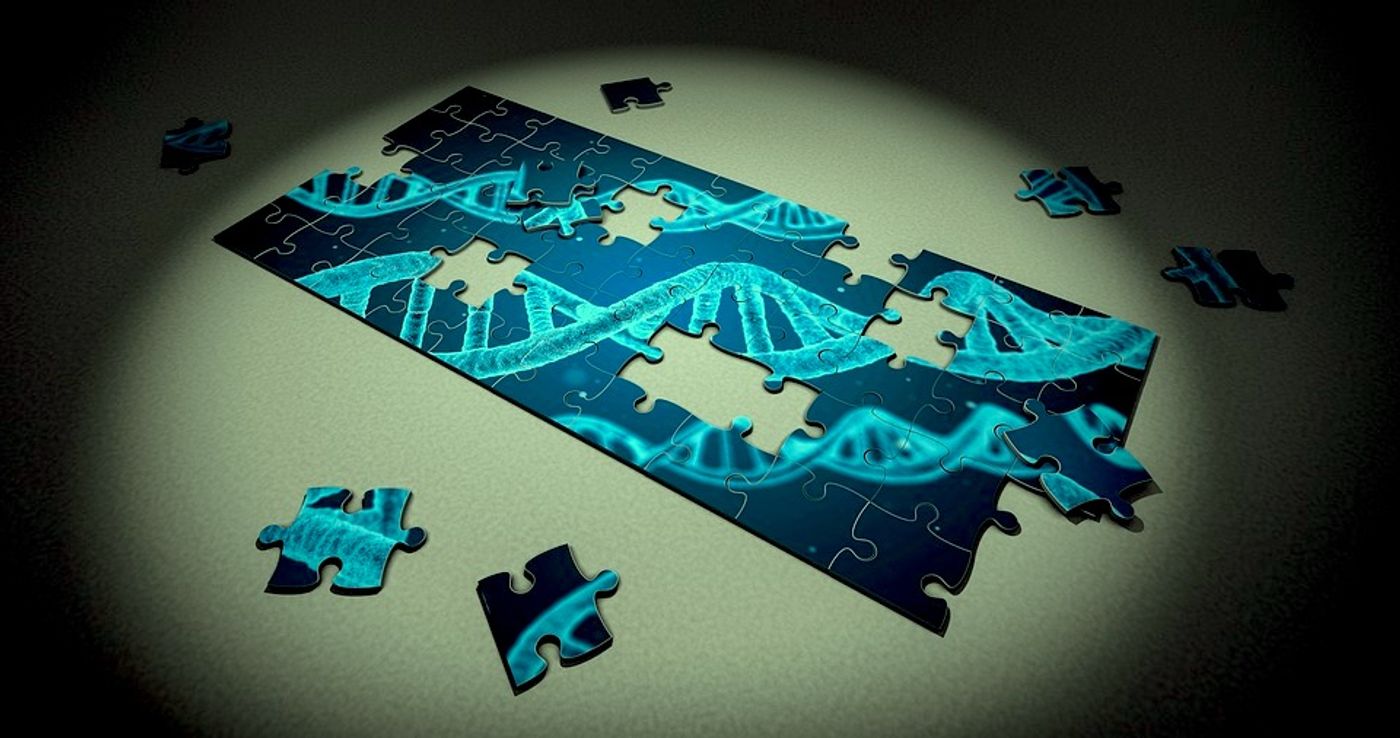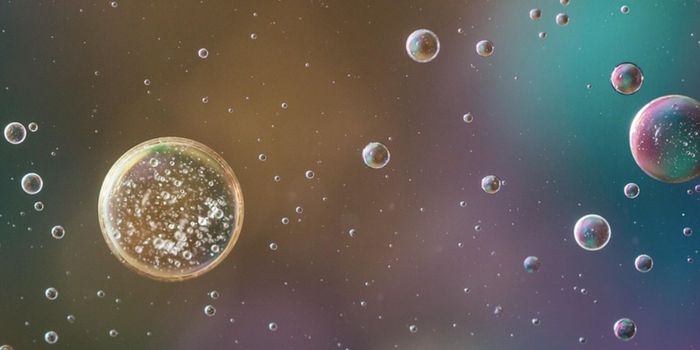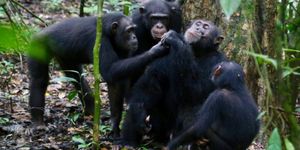The CRISPR gene editing system has been compared to a pair of molecular scissors that can make a snip in a very specific place in the genome. For genetic diseases with a known cause, the technology may offer a way to cure affected individuals. Researchers at the Perelmen School of Medicine at the University of Pennsylvania have demonstrated that it’s possible. Their work, reported in Nature Medicine, showed that a modified version of CRISPR/Cas9 can be used to treat a mouse model of genetic disease, before birth.

The researchers used CRISPR/Cas9 coupled with base editor 3 (BE3) to restore liver function and stop neonatal death in animals that carried a genetic mutation that causes hereditary tyrosinemia type 1 (HT1), a lethal liver disease. The team also used this technique to target a gene that regulates cholesterol and effectively lowered cholesterol levels.
“Our ultimate goal is to translate the approach used in these proof-of-concept studies to treat severe diseases diagnosed early in pregnancy,” said study co-leader William H. Peranteau, MD, a pediatric and fetal surgeon in the Children’s Hospital of Philadelphia’s Center for Fetal Diagnosis and Treatment. “We hope to broaden this strategy to intervene prenatally in congenital diseases that currently have no effective treatment for most patients, and result in death or severe complications in infants.”
HT1 typically presents during infancy; it can sometimes be treated with a very strict diet and a drug called nitisinone. But treatments can fail, and that can lead to liver failure or cancer. If affected individuals are treated prenatally, it may stop the disease. It could also show that prenatal disease treatment is possible.
“We used base editing to turn off the effects of a disease-causing genetic mutation,” said study co-leader Kiran Musunuru, MD, Ph.D., MPH, an associate professor of Cardiovascular Medicine at Penn. “We also plan to use the same base-editing technique not just to disrupt a mutation’s effects, but to directly correct the mutation.”
The researchers engineered a modified CRISPR tool that was joined with BE3. DNA is made up of nucleotide bases; one single base error (called a point mutation and explained in the video) can cause a disease, and researchers aimed to correct that error. But instead of using CRISPR to cut the DNA completely, which could have harmful effects, the erroneous nucleotide base was changed to another base enzymatically, with BE3. This technique reduces the chance that unintended errors will be introduced into the genome.
The team found that stable liver cells remained in the engineered mice for about three months after treatment, and they found no evidence of unintended edits in their genomes - it was safe. The mice that modeled HT1 had a better chance of survival because of the treatment and had a more robust response to the therapeutic, nitisinone.
For now, the researchers used viruses to deliver the editing tools to their model. Because these systems can have unintended side effects of their own, the researchers are looking for another delivery method. Nanoparticles are a potential option. They are interested in expanding this work beyond HT1 as well.
“A significant amount of work needs to be done before prenatal gene editing can be translated to the clinic, including investigations into more clinically relevant delivery mechanisms and ensuring the safety of this approach. Nonetheless, we are excited about the potential of this approach to treat genetic diseases of the liver and other organs for which few therapeutic options exist,” concluded Peranteau.
Learn more about how CRISPR might be used to cure disease from the following video.
Sources: Penn Medicine, Nature Medicine








